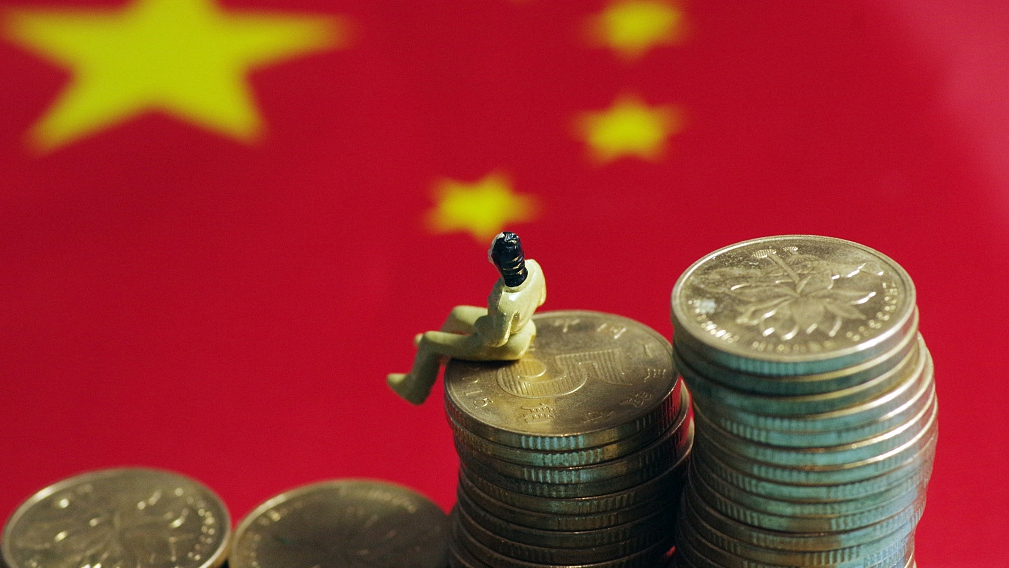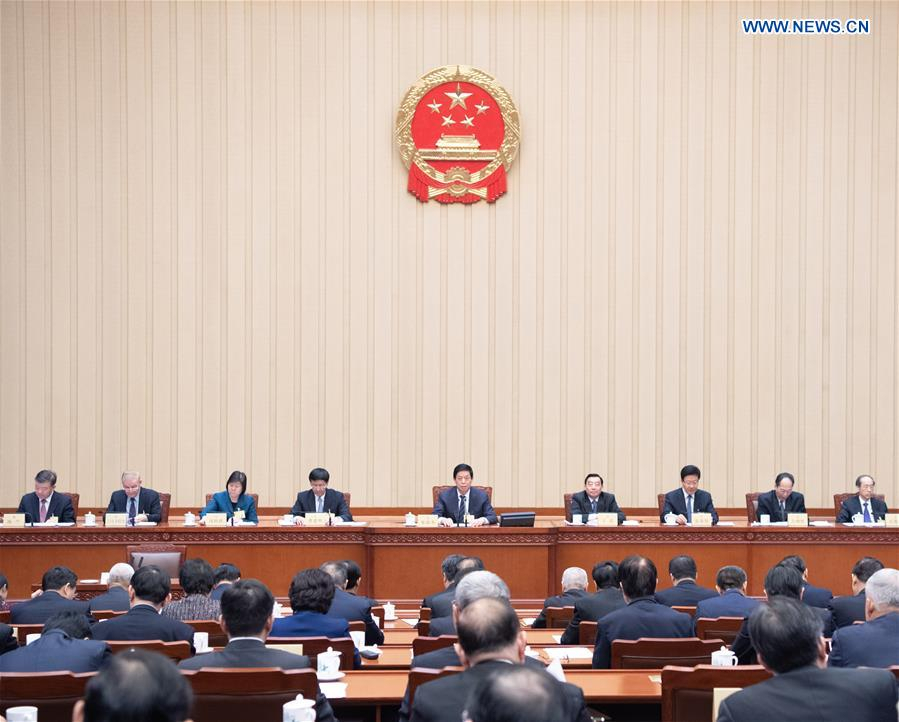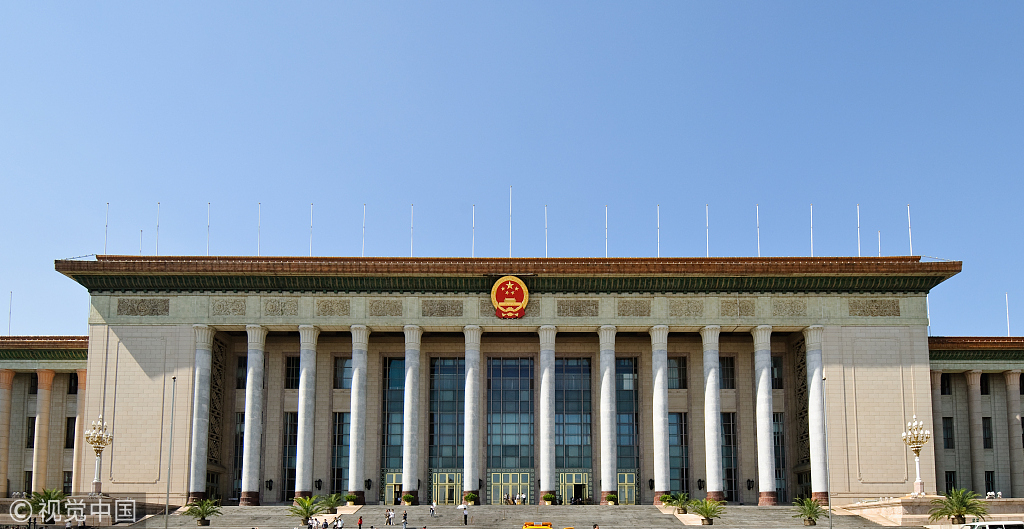
Opinion
08:02, 04-Mar-2019
Why China will be able to sustain its growth
Ken Moak

Editor's note: Ken Moak, who taught economic theory, public policy and globalization at the university level for 33 years, co-authored a book titled "China's Economic Rise and Its Global Impact" in 2015. The article reflects the author's opinion, and not necessarily the views of CGTN.
China could very well realize over six percent annual growth rates over the next few years. The country is on track to become a moderately prosperous society by 2020 because the government recognizes and is addressing challenges.
According to news reports on the Two Sessions, the annual meetings of the National People's Congress (NPC) and Chinese People's Political Consultative Conference (CPPCC), the government identified the "three major battles" as preventing and mitigating risks, tackling poverty and combating environmental issues.
Risks here relate to a series of financial risks, such as excessive borrowing, capital market vulnerabilities, and shadow banking. De-risking is the Chinese government's top priority at the moment and addressing the issue is key to ensuring financial stability.

Li Zhanshu (C), chairman of the National People's Congress (NPC) Standing Committee, presides over the closing meeting of the eighth session of the 13th NPC Standing Committee in Beijing, China, January 30, 2019. /Xinhua Photo
Li Zhanshu (C), chairman of the National People's Congress (NPC) Standing Committee, presides over the closing meeting of the eighth session of the 13th NPC Standing Committee in Beijing, China, January 30, 2019. /Xinhua Photo
Poverty is an issue because it reflects wealth inequality and underconsumption, thereby undermining economic growth and social justice. According to the National Bureau of Statistics, domestic consumption accounts for almost 55 percent of GDP and contributes to 80 percent of economic growth; thus, eradicating poverty by 2020 would give the economy a big boost.
Environmental degradation erodes economic growth because it distorts the allocation of resources process. Air pollution kills thousands of people every year, reducing the size of the labor force, according to the World Bank. What's more, polluted air, land and water risk the health of the labor force, raising healthcare funding which could be spent on economic enhancing programs.
Given China's political will and capacity, we should have the confidence that these issues will be taken care of and the country will be able to sustain an average annual economic growth in 2019 and beyond. For example, the World Bank expects China's GDP growth rates of 6 percent or higher in the forecast period could be a sign of "cautious optimism," being confident that the Chinese government would continue to manage the economy the way it has been.
According to news reports, the government will most likely announce the following economic enhancing policies on this year's two sessions: lowering business taxes, increasing infrastructure construction, allowing greater market access to foreign firms, increasing lending to private enterprises, reforming SOEs, eradicating poverty, and strengthening foreign investment laws to encourage and protect investments from abroad.
The Chinese government has a good track record of following through with its policies, though not always as quickly as possible. Foreign governments, particularly those in the West, often complain state-owned enterprise (SOE) reform does not go far or quickly enough. For example, the U.S. accuses China of continuing to subsidize SOEs, disadvantaging America firms. However, whether the charge has merit depends on one's perspective, but the government is making SOE reforms, allowing foreign firms to buy a greater stake.

The Great Hall of the People /VCG Photo
The Great Hall of the People /VCG Photo
Moreover, the country's pro-globalization policies are also going to keep injecting vitality to its economic development. The Belt and Road Initiative (BRI) and the establishment of supranational financial institutions have served to enhance and strengthen long-term economic growth and stability. For example, trade between China and around 80 BRI participating countries has been growing at double-digit rates since its conception in 2013, reaching over 5 trillion U.S. dollars in 2018.
The BRI could also increase Chinese exports, allowing China to become less dependent on the U.S. and other nations having an axe to grind with the Asian giant.
Apart from these development policies, China also has strong fiscal and monetary policy resources to reverse an economic slowdown. China has a huge financial war chest of over 26 trillion U.S. dollars of bank deposits, 3 trillion U.S. dollars of foreign reserves, the state owning the land affords it to reverse an economic slowdown. What's more, U.S.-based Trading Economics estimates China's bench interest rate is 4.35 percent and cash reserve ratio to deposit stands at 13.5 percent.
To that end, China does have the financial resources and policy tools to mount an effective stimulus package, similar to that in 2008. While challenges like the U.S.-China trade war, environmental issues and poverty abound, the Chinese economy should be able to attain over 6 percent growth in 2019 and beyond.
(If you want to contribute and have specific expertise, please contact us at opinions@cgtn.com.)

SITEMAP
Copyright © 2018 CGTN. Beijing ICP prepared NO.16065310-3
Copyright © 2018 CGTN. Beijing ICP prepared NO.16065310-3